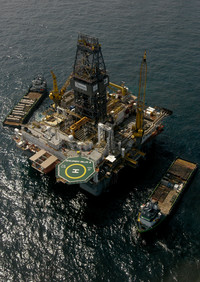
It took 10 days to plug the first cracks, according to reports BP filed with the Minerals Management Service that were later delivered to congressional investigators. Cracks in the surrounding rock continued to complicate the drilling operation during the ensuing weeks. Left unsealed, they can allow explosive natural gas to rush up the shaft.
"Once they realized they had oil down there, all the decisions they made were designed to get that oil at the lowest cost," said Peter Galvin of the Center for Biological Diversity, which has been working with congressional investigators probing the disaster. "It's been a doomed voyage from the beginning."
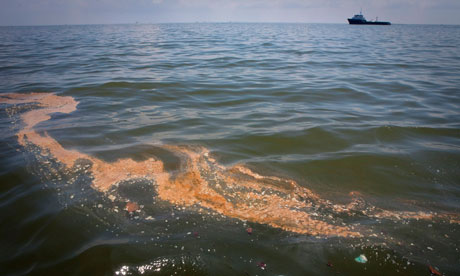
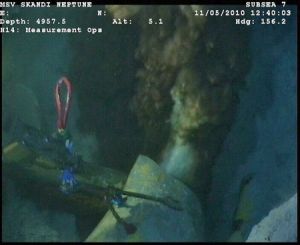
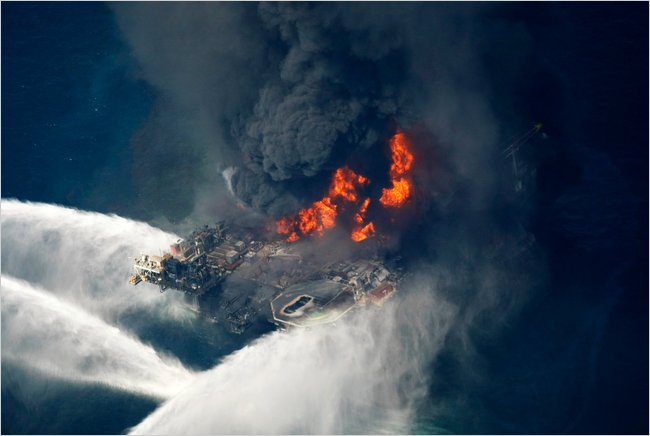
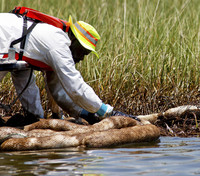
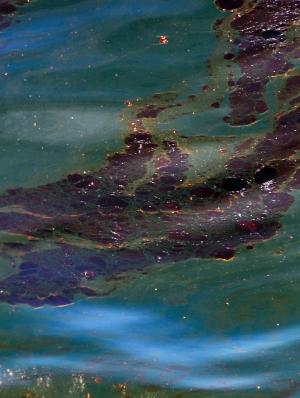







Comment: We provide the entire comment here, with all the links included: